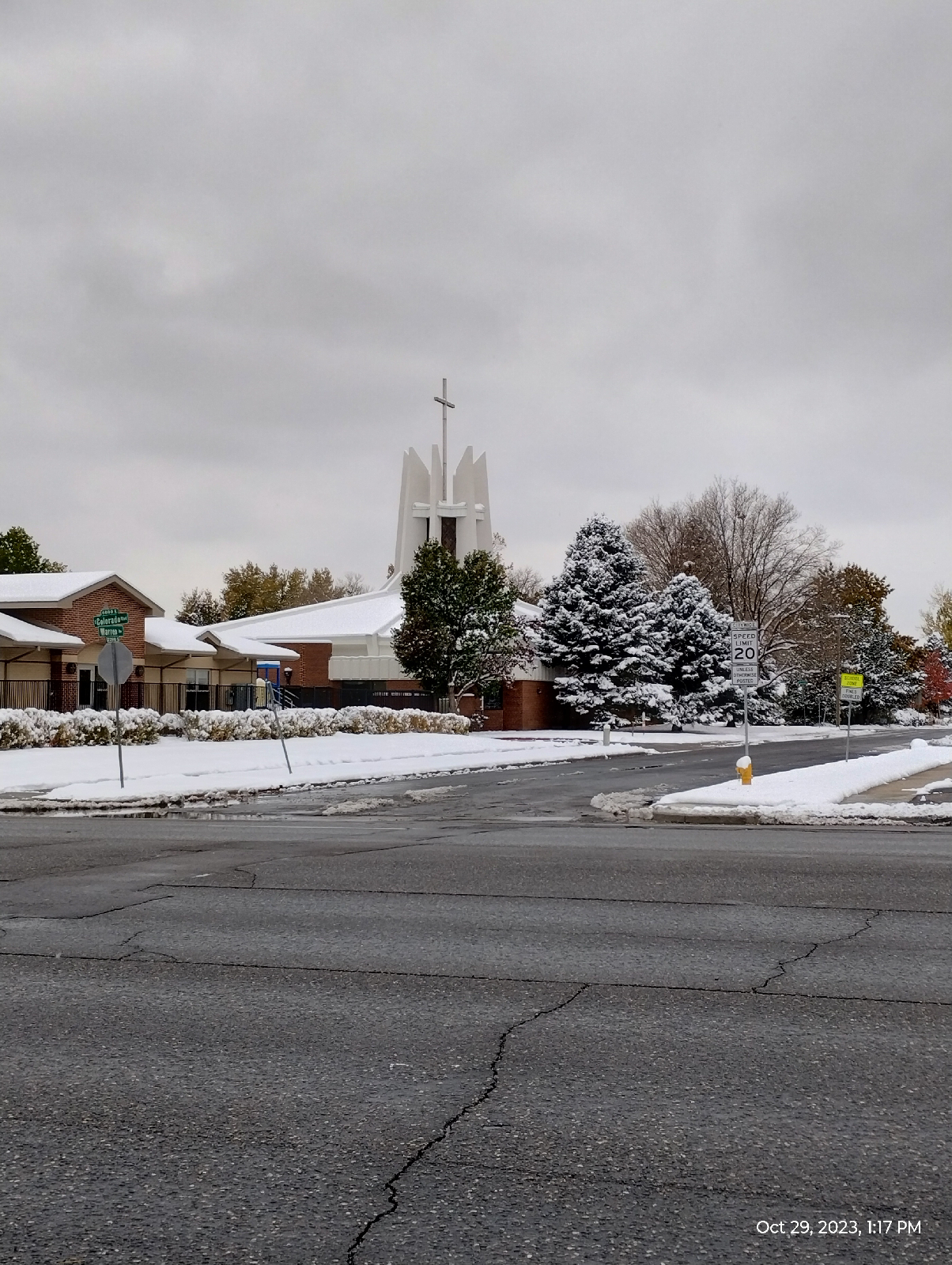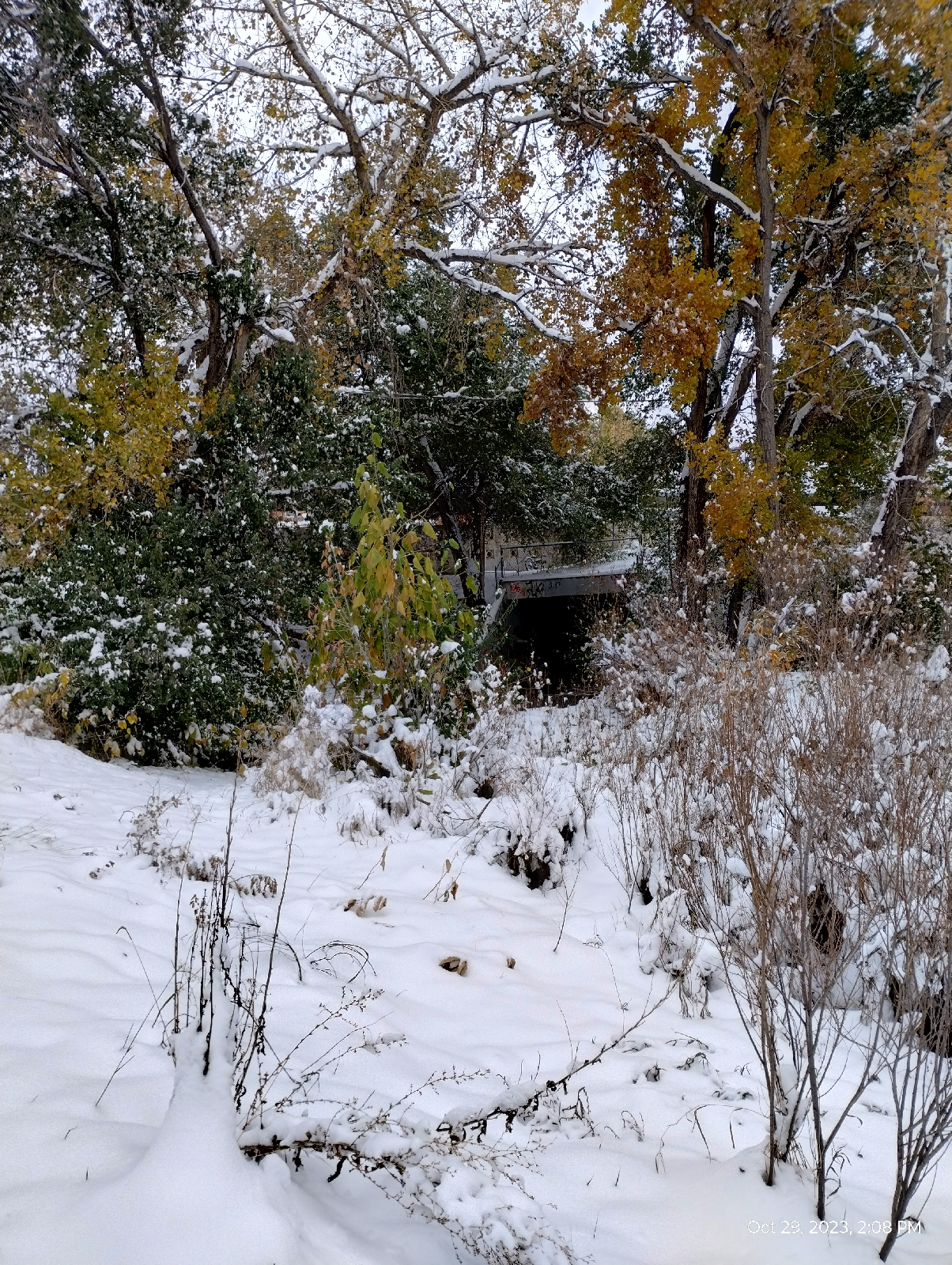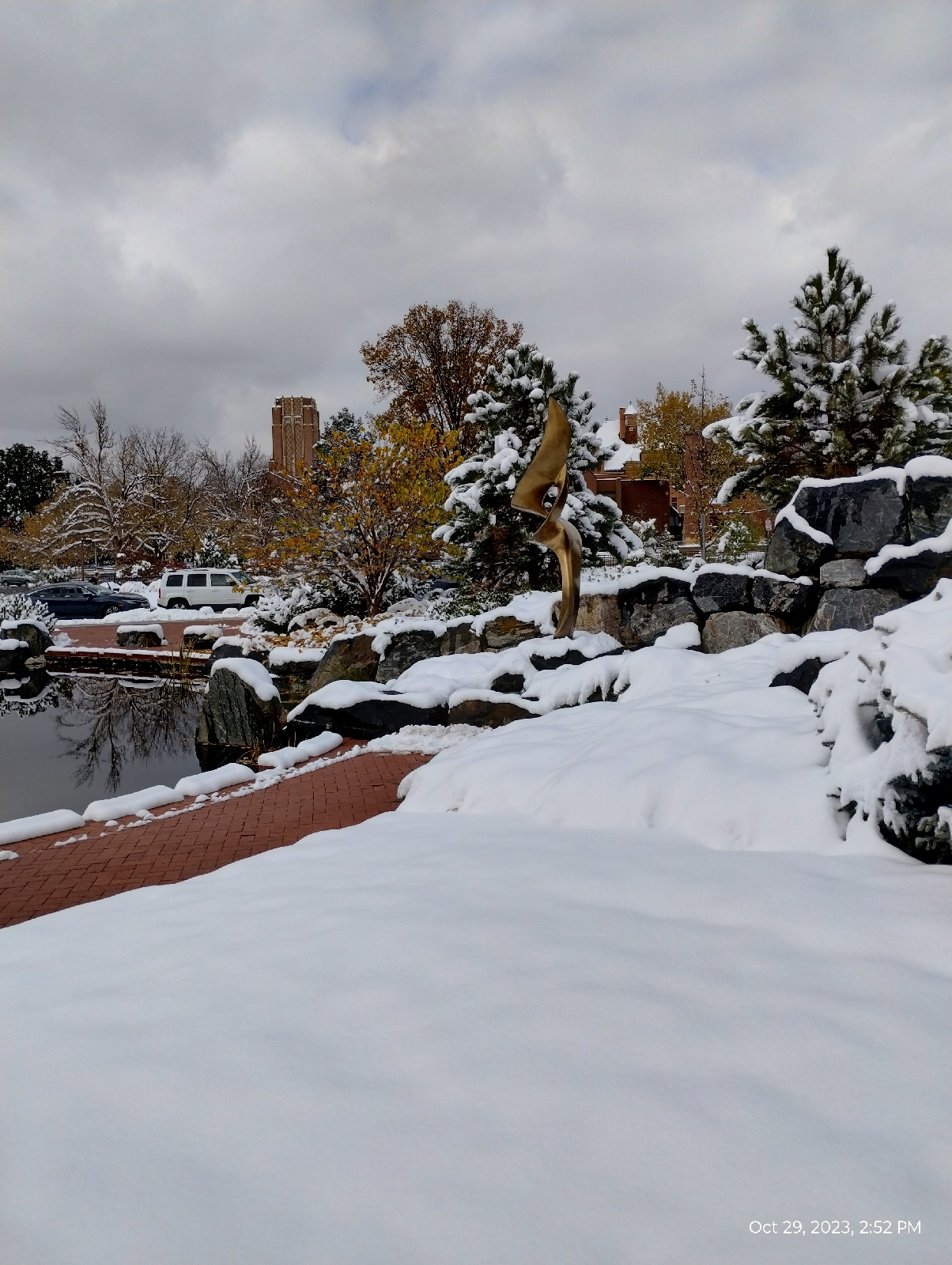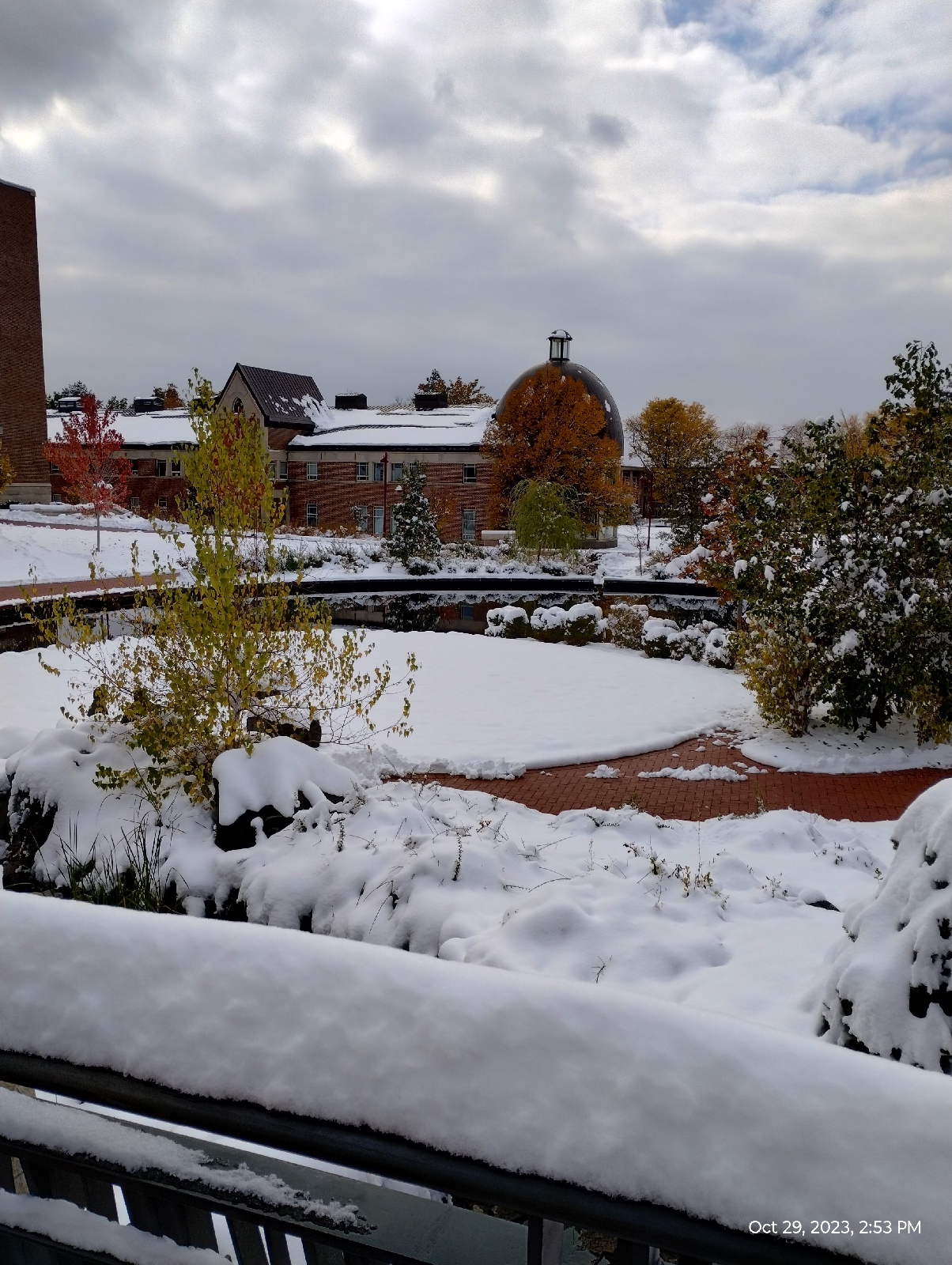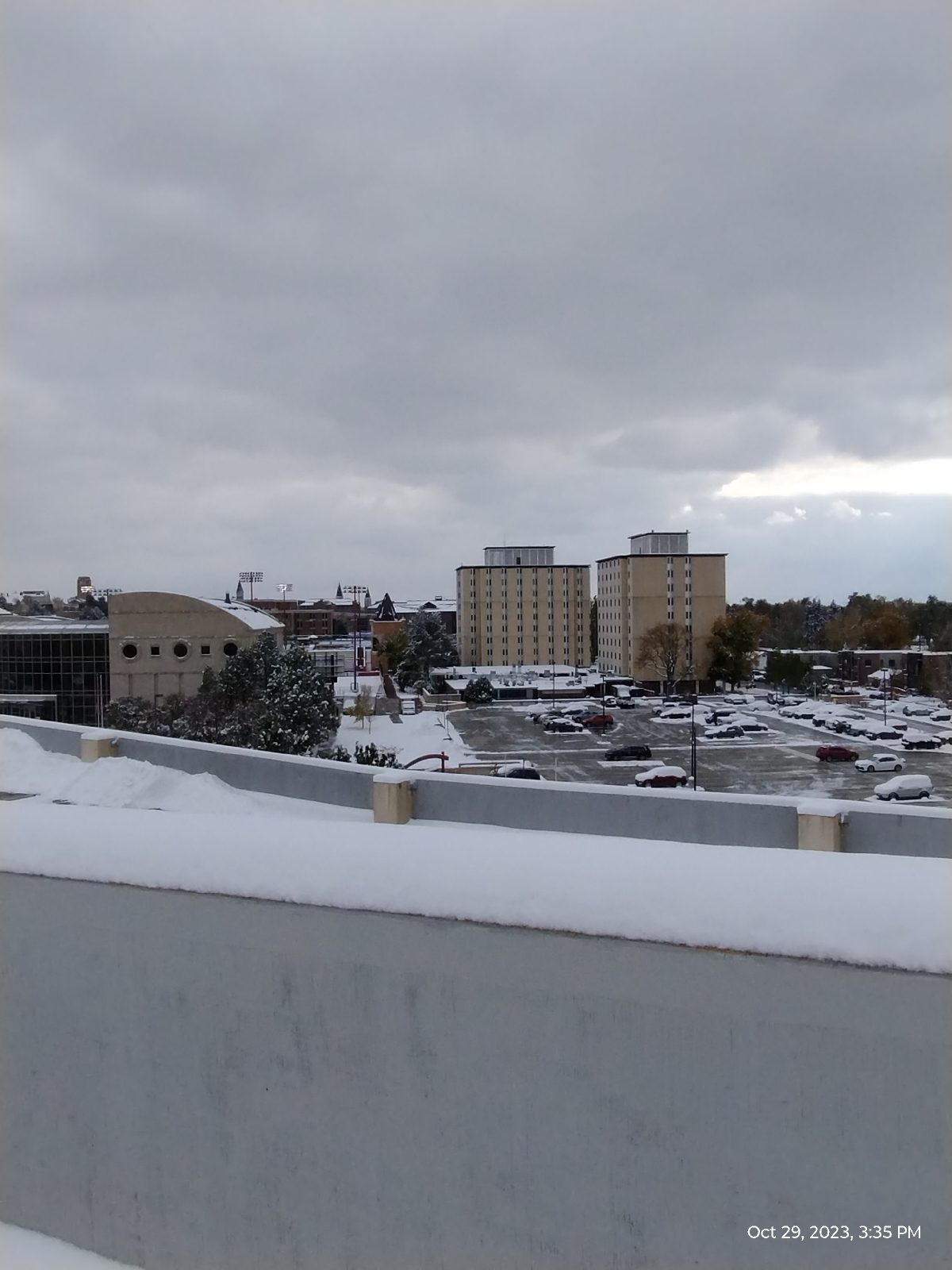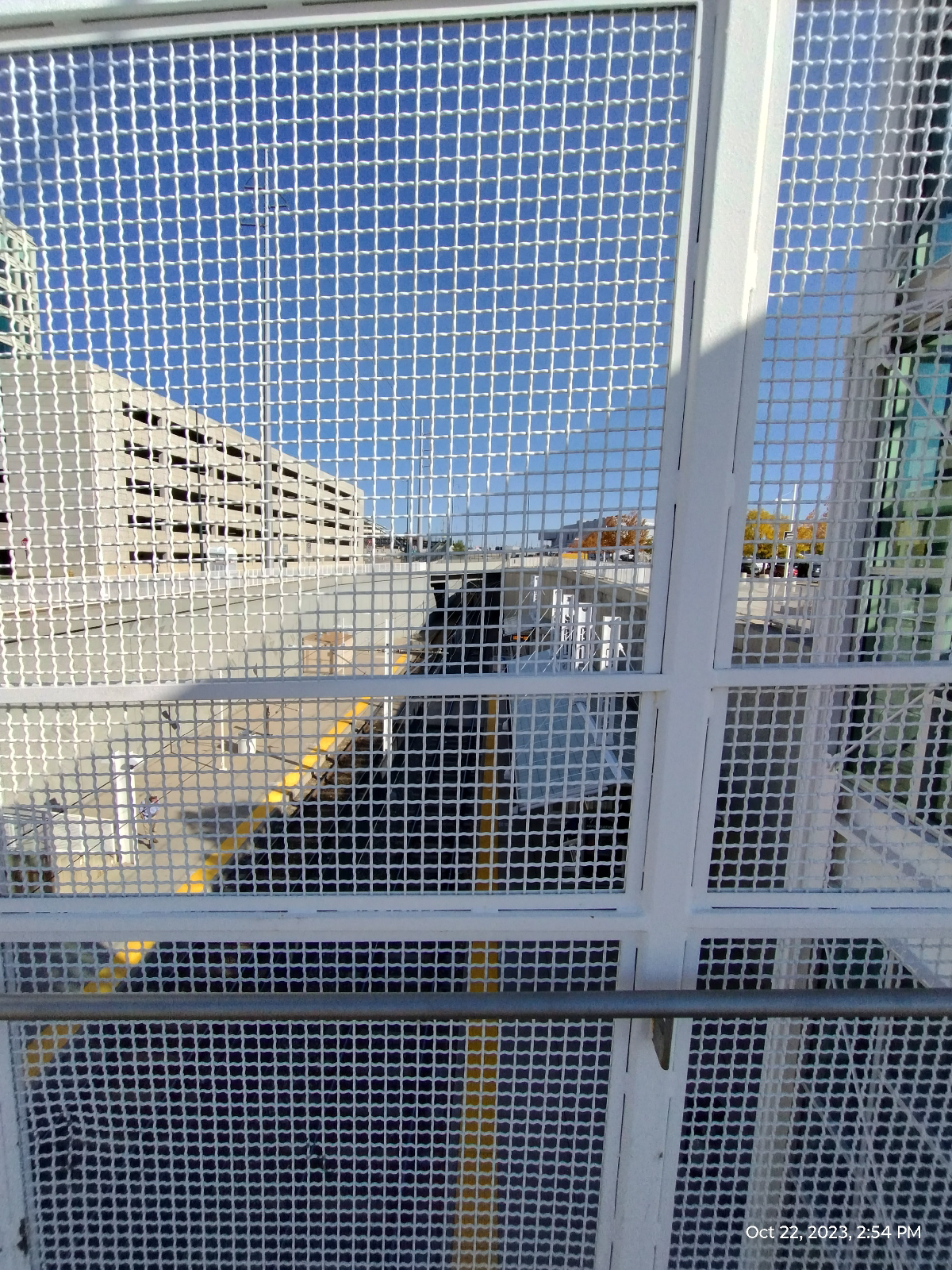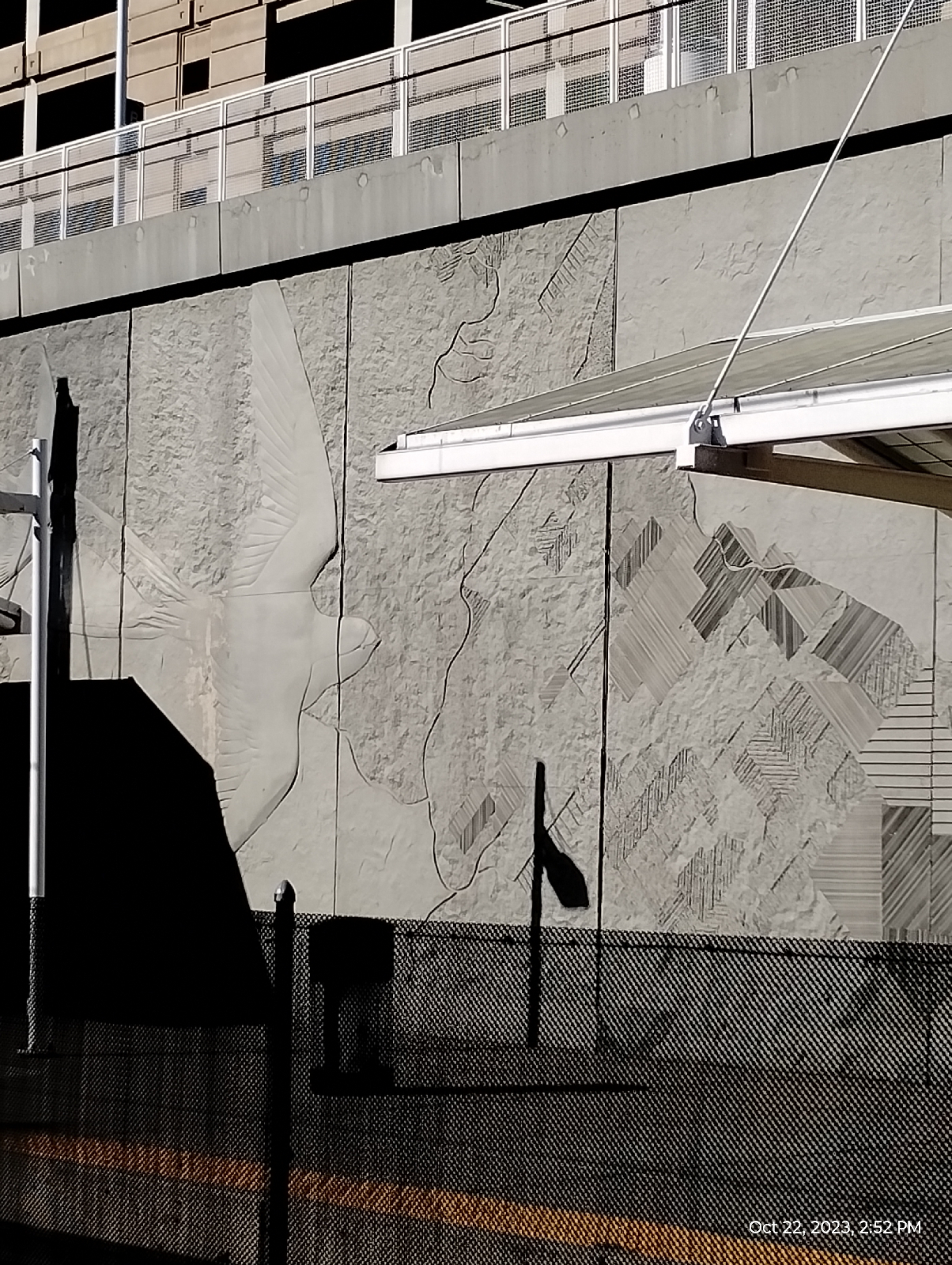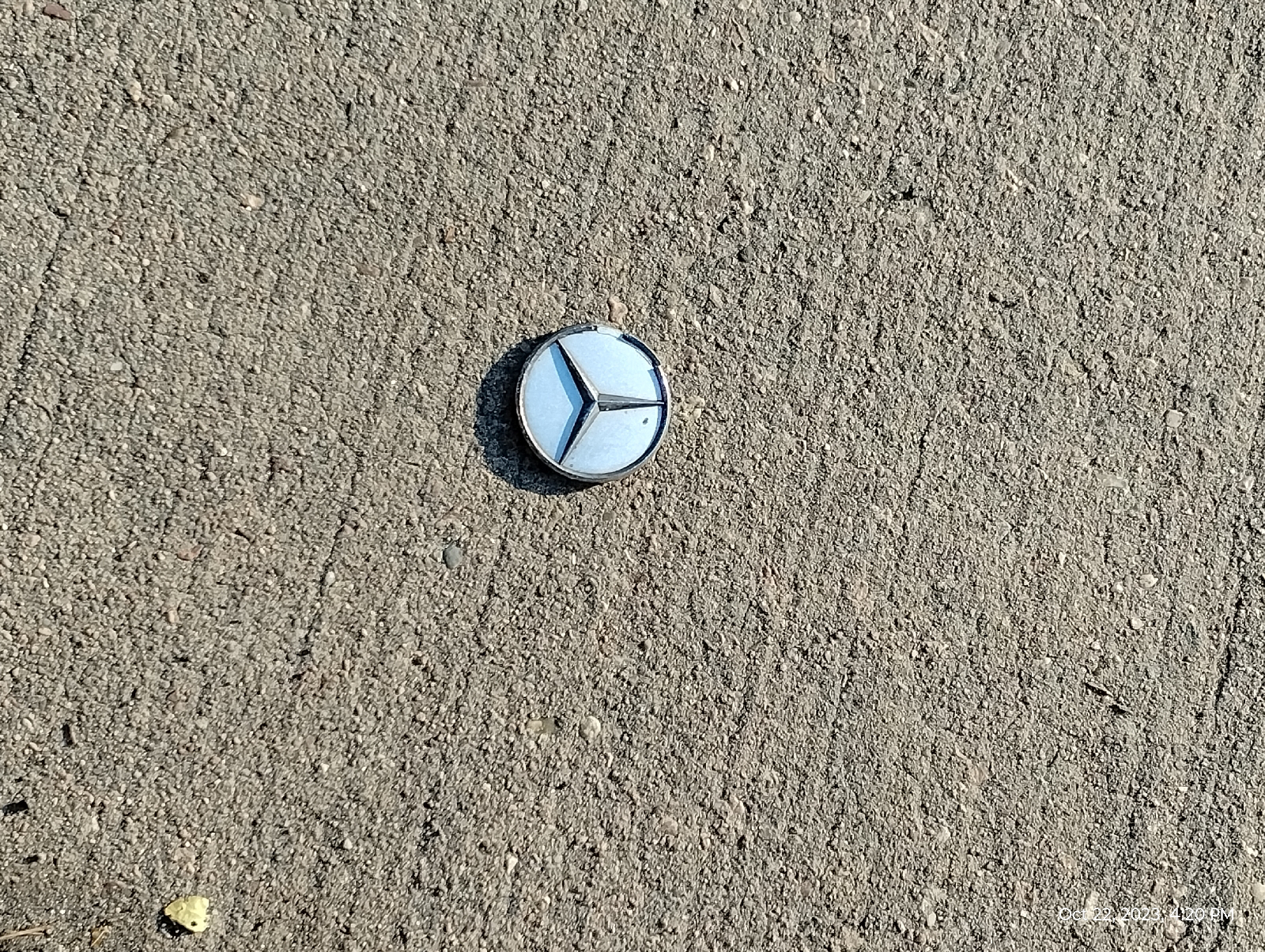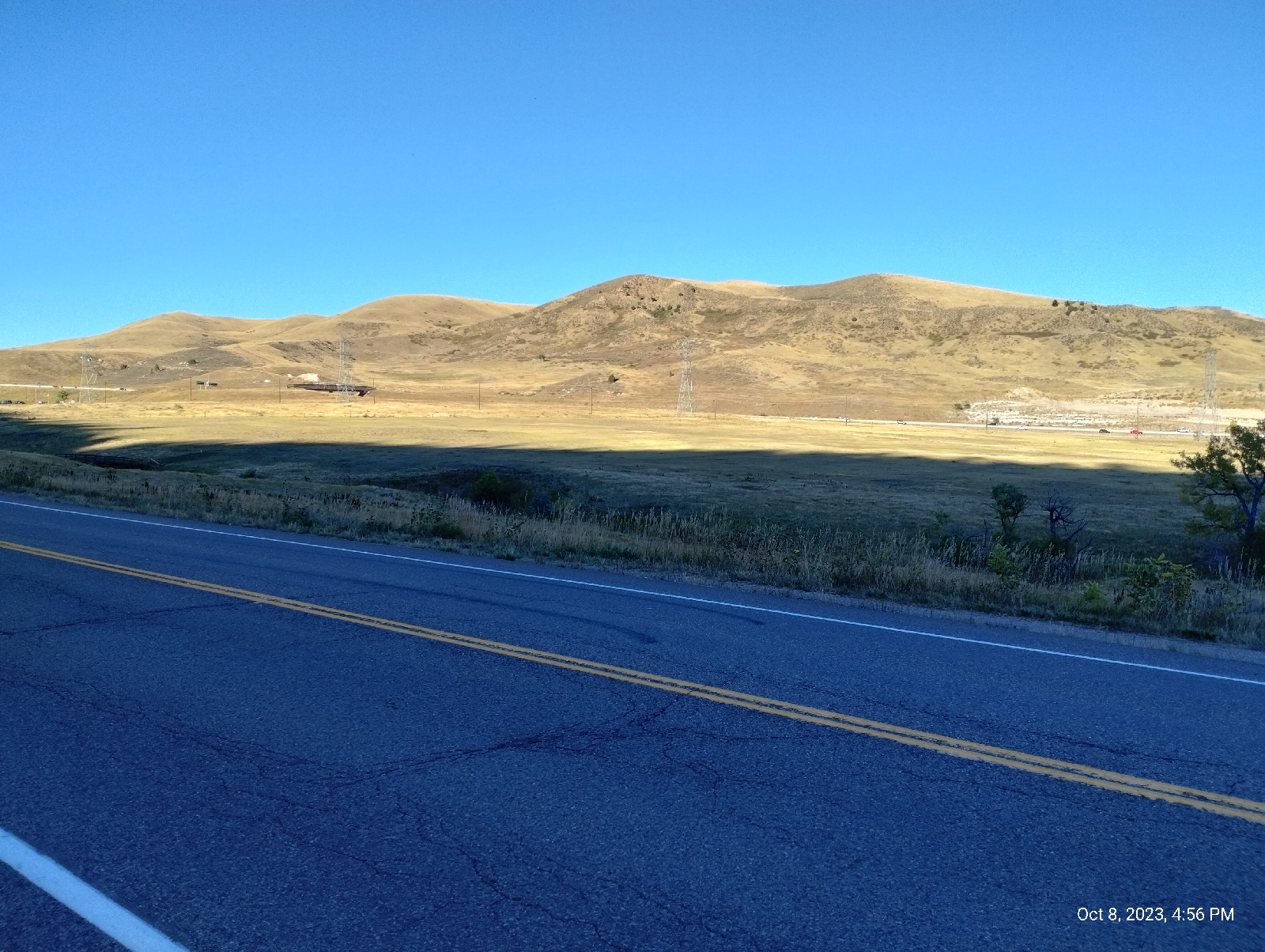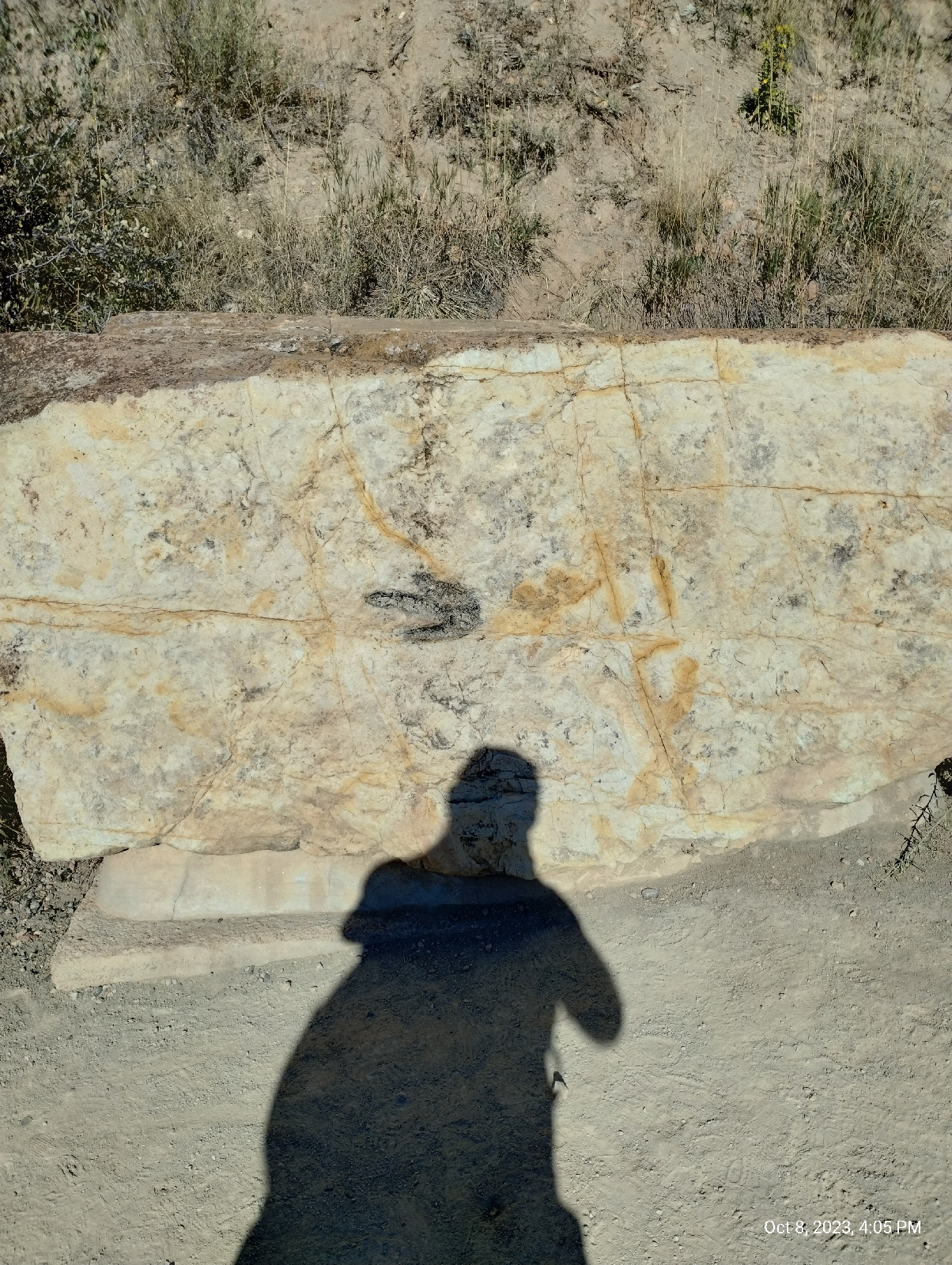First snow hike of the autumn!
This was a pleasant hike. There was about six inches of snow on the ground. The air was chilly but not freezing and the cloud cover kept the sun from blazing down. The above photo is Little Dry Creek Trail. I was on my way out. I had to detour down to the pharmacy to pick up a prescription before I hit the trail.
The hike began at Colorado Station and retraced a stretch of my last hike down to the Schlessman YMCA.
There is a variety of churches and church architecture along the way. This is the Most Precious Blood Catholic Church of Colorado Boulevard.
Most of Colorado Boulevard looks like this, gas stations, shopping centers, and office buildings, typical urban fair.
Here's what the weather was doing.
29.86 inches mercury (1.011 bar, pretty much normal sea level barometric pressure.) 41.4 ° Fahrenheit is a comfortable chill. The reason the snow is sticking around is that it's such a good insulator that the snow on top keeps the snow underneath from melting and the snow underneath keeps the snow on top cold. 43% humidity is pretty wet for Colorado. The consistent cloud cover helped to keep things stable. I didn't expect any storms and only got a few occasional flakes of snow.
If you look back in the blog, you can find other pictures of the University Hills Library (I demonstrated the difference between weight and mass in their elevator!). This photo is just for nostalgia.
And this is the real start of my hike. Here, Harvard Gulch emerges from underground as a storm sewer. It's pretty high right now with snow runoff. The water looks clean but I wouldn't drink it. It's not like there's stuff from toilets and washing machines but melted snow carries a lot of surface materials like street debris and leakage from cars. Still, a surprising amount of tiny plants and animals live there.
The gulch provides storm drainage and recreation (Harvard Gulch Trail runs from the emergence of the gulch to where it disappears underground near Broadway. I saw kids sledding on the broader banks). Less obviously, the stone reinforced banks and many water features inhibit erosion and the natural bed helps to cleanse the water before is pours into the South Platte River.
Harvard Gulch borders the University of Denver Campus. I've spent a lot of time there as there's a lot to see. Here's a picture of the sundial on the southern side of the Newman Arts Building. I hadn't seen some of the new buildings on campus so I decided to cut through on the way to University Station.
Much of the space between the buildings are gardens and malls.
Dan's Garden is a visual highlight of the Daniel Felix Ritchie School of Engineering and Computer Science. In the winter, it transforms into a wonderland of snow and cascading waters.
The campus is quiet now on this snowy Sunday. There are certainly students and faculty strolling around, but the traffic is reduced and the snow muffles a lot of the usual noise.
The Chester M. Alter Arboretum with its water gardens is similarly subdued.
The new student union building actually looks new. I didn't go in....I should some day. I like that glossy dark red exterior.
The art at the University of Denver Station is a blue metal plate cut out to show the off white concrete underneath. It's called "Reflective Discourse" and it was constructed by John Goe and Larry Argent. Argent is also the creator of the Big Blue Bear at the Colorado Convention Center.
Many of the shelters at the RTD light rail stations have the cable support design shown above. It's the same principle as the cable support bridges except what's being supported is a roof instead of a footpath.
There are not a lot of accessible observation platforms in the Denver skyline but there are plenty of parking garages and some of the best views in the area are on the top decks. So here's the requisite shot of the Rockies.
Oops.... where'd they go?
Well, it's not all bad. This area relies a lot on the snow packs on the mountains for it's year round water and those clouds are packing the snow in. Here's a picture I took near home a couple of days later on a grocery run.
Here are some more shots from the top deck.
The next station-to-station "hike" will be more of a homecoming. This area used to be one of my past neighborhoods and I have good memories of the church I used to attend. I'll be getting up really early so I can make a morning service, and then I'll make a first-or-the-month supply run.
There are just two more station-to-station hikes on the E/H lines before I turn my attention to Cherry Creek



